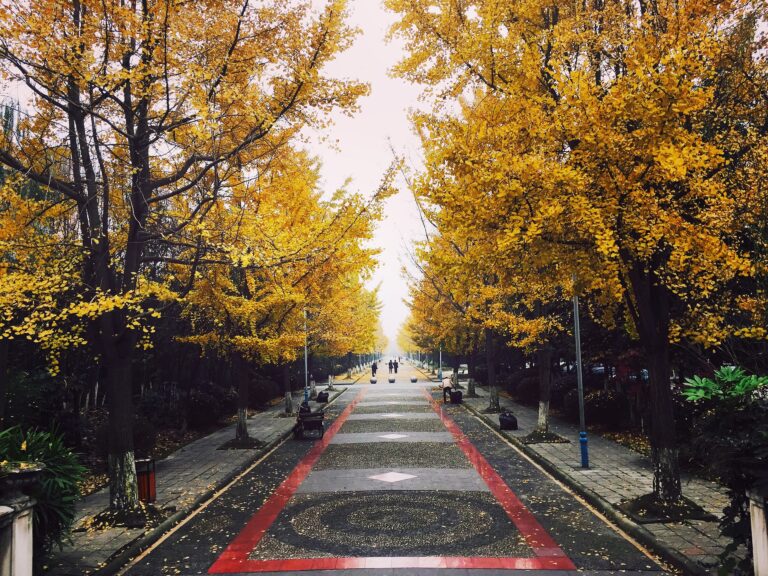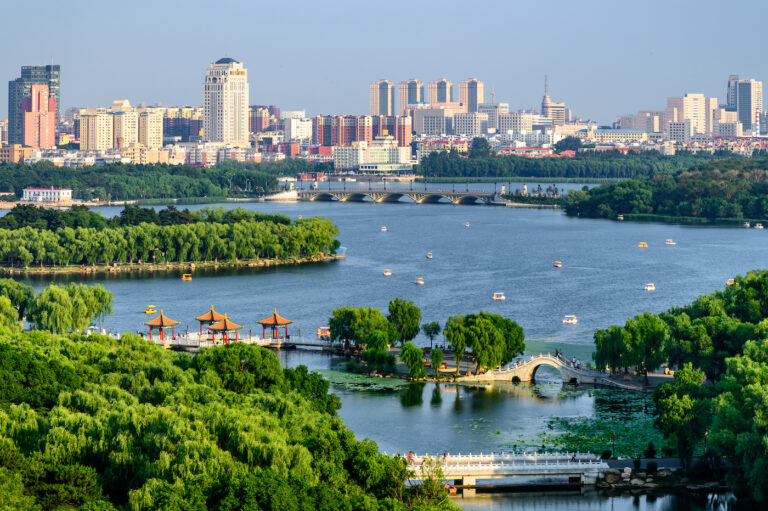This post is the first in a three-part series. Dr. Um preached this sermon at the MTW West Coast Missions Conference 2015 held at Redeemer San Diego. Listen to the audio recording here.
I’m here primarily because of admiration for your pastor, my friendship to him, and all that’s going on here at Redeemer San Diego. This is a wonderful community. You’re blessed to be here at this church. I hope you know that.
So I’ve been here for the missions conference. We’ve been focusing on the deep implications of the gospel as it relates to missions and having a robust theological vision for missions. We also looked at gospel and cities – why cities matter to God, and to the culture, and to the church. We also looked at the search for a missional church. That is, we were trying to see how the gospel shapes the way the church is to be missional in terms of thinking how we engage the world; but primarily, how we are called to have the different elements of being a missional church. Even though you might not be somebody who is being sent out by God to do work in other global cities, we are called as Christians to think missiologically and to have a missional posture.
So what does it mean? Today as we finish out all of these plenary talks. We are looking at the gospel and the future.
See when you look at the Old Testament, there are case studies of individuals and institutions whom God has called, such as Abraham. He was one individual who was singled out and there is this thematic trajectory of how God is going to bless him, his progeny, his descendants, they’ll become a great nation, and they will be a blessing to all the people, all the different families. We see that in Genesis 12. But at the same time, he also singled out a nation called Israel, how he was going to use them so that they might be able to provide a revelation and salvation for all the nations. But at the same time, he also singled out a rule and a kingdom in the person of David so that they might be able to show the kingly reign of God, not only for that particular rule under David, but for all of creation. So what we find in the Old Testament is this move from an individual or an institution, from the one to the many, or from the particular to the universal.
We as Christians, we need to know that we are not called merely, although this is at least what we do, to cultivate personal, private, piety. We tend to sometimes isolate our experience by just focusing on our relationship with God. And that’s of course essential and non-negotiable and important. But your faith cannot be a private faith. It must lead to a public faith. In other words, you need to know how your faith and your relationship with God vertically will shape the way you relate to others sociologically and horizontally. And to that end, we are called to move forward with the deep implications of how the gospel shapes every dimension of life and ministry. As you relate to one another primarily here in the church, and in your city, and in your culture.
So we ask the question, who is my neighbor? The neighbor is not only inclusive of those who are in close geographic proximity – those would be people like family members and our next door neighbor. But also those who are in relational proximity. That would be your coworkers, your friends, and also fellow church members. But the neighbor also includes the “other,” the people who are different than you, the people that you might not feel comfortable being with, just because you don’t know them, and they come from a different background.
And what we find in the Bible is that there is this rich, Biblical vision of how God is going to bring the ultimate plan of humanity to this place where we see this kind of racial diversity. And so this is what we’re going to look at as we think about how God fixes the world with this Biblical vision, for the ultimate plan of God. This is the gospel and our future. This is our future, and we’ll look at it this way, but let’s first take a look at the passage, and then we’ll look at a few points.
Let’s read from Revelation 7.
After this I looked, and behold, a great multitude that no one could number, from every nation, from all tribes and peoples and languages, standing before the throne and before the Lamb, clothed in white robes, with palm branches in their hands, and crying out with a loud voice, “Salvation belongs to our God who sits on the throne, and to the Lamb!” And all the angels were standing around the throne and around the elders and the four living creatures, and they fell on their faces before the throne and worshiped God, saying, “Amen! Blessing and glory and wisdom and thanksgiving and honor and power and might be to our God forever and ever! Amen.”
Then one of the elders addressed me, saying, “Who are these, clothed in white robes, and from where have they come?” I said to him, “Sir, you know.” And he said to me, “These are the ones coming out of the great tribulation. They have washed their robes and made them white in the blood of the Lamb.
“Therefore they are before the throne of God, and serve him day and night in his temple; and he who sits on the throne will shelter them with his presence.
They shall hunger no more, neither thirst anymore; the sun shall not strike them, nor any scorching heat.
For the Lamb in the midst of the throne will be their shepherd, and he will guide them to springs of living water, and God will wipe away every tear from their eyes.”
This is the great Biblical vision and this is the way we’re going to look at it as we look at the amazing picture of unity and diversity. Number one, we’re going to look at God’s intention for diversity. Secondly, we’re going to look at our inclination for uniformity. And thirdly, the promise of unity in diversity.
The first is God’s intention for diversity. Of course, in our culture diversity is a very, very important theme and topic. Anyone who is actively opposed to diversity is usually shunned by people in our society. And of course, much good has happened from our pursuit of equality and racial diversity and we ought to be thankful for movements that have made us more aware, helping us to build greater cultural agility and sensibilities for people who are different than us racially. But just because as the recent events in our country have shown, we have an ideological worldview for embracing racial diversity, that doesn’t necessarily mean that there is an intentionality in your lived experience. And so what we find here with John in this Biblical vision is that John in the narrator and he sees all of these different tribes and all of the different people from different people groups and languages and cultures and they’re gathering together and Jesus is at the focal point. Before the Lamb, and before the throne, before God where they are worshipping God together.
And so we see in verse 9, “After this I looked, and behold, a great multitude that no one could number, from every nation, from all tribes and peoples and languages, standing before the throne.” What do we see here? This is a picture of unity in diversity that is beyond our comprehension and beyond our computation. It is God’s salvific work. We see from every nation that there is no large community that is unrepresented. From all tribes, there is no small community unrepresented. From all peoples, there is no race unrepresented. And from all languages, there is no culture unrepresented. It is incredible, far reaching, and there is an inclusive diversity, an inclusive racial diversity in the Biblical vision of the new heavens and the new earth. No one is to be excluded. All the others, people who are different, will be there.
Now the important thing here is that they are there not because they are taking great pride in their identity marker, coming from a particular tribe or culture. But they are together because they have come to worship the Lamb and God before the throne, in the presence of God. And this is a foretaste of what we’ll see in the new heavens and new earth.
There is a beautiful picture of this in Acts 16 where there is a small house church with Lydia. And as one commentator has pointed out, there are three different races represented in the household of Lydia, this small house church in Acts 16. Lydia was an Asian; the slave girl was most likely Greek; and the jailor was Roman. And also different economic classes. Lydia was white collar; the slave girl obviously was poor; and the jailor was from the working class. And also different cognitive styles. Lydia was rational; the slave girl was intuitive; and the jailor was relational. Breaks all sorts of stereotypes. And there was a really terrible ancient prayer that some people would pray. And they would say, “God I thank you that I’m not a woman, a slave, or a gentile.” I don’t know what kind of a God hears that prayer, but what do we find in Acts 16 in Lydia’s house church? We find a woman, a slave, and a gentile. That there’s no other power that’s out there that can bring this kind of diversity of people from different backgrounds, from different genders, from different socio-economic classes to be able to bring about this picture of God’s intention of diversity except for the gospel.
Dr. Stephen Um is the senior pastor at Citylife Presbyterian Church in Boston, MA. He is an associate training director for Redeemer City to City and is involved with The Gospel Coalition in New England. Dr. Um is a graduate of Boston University and Gordon-Conwell Theological Seminary. He completed his doctoral studies at the University of St. Andrews.































